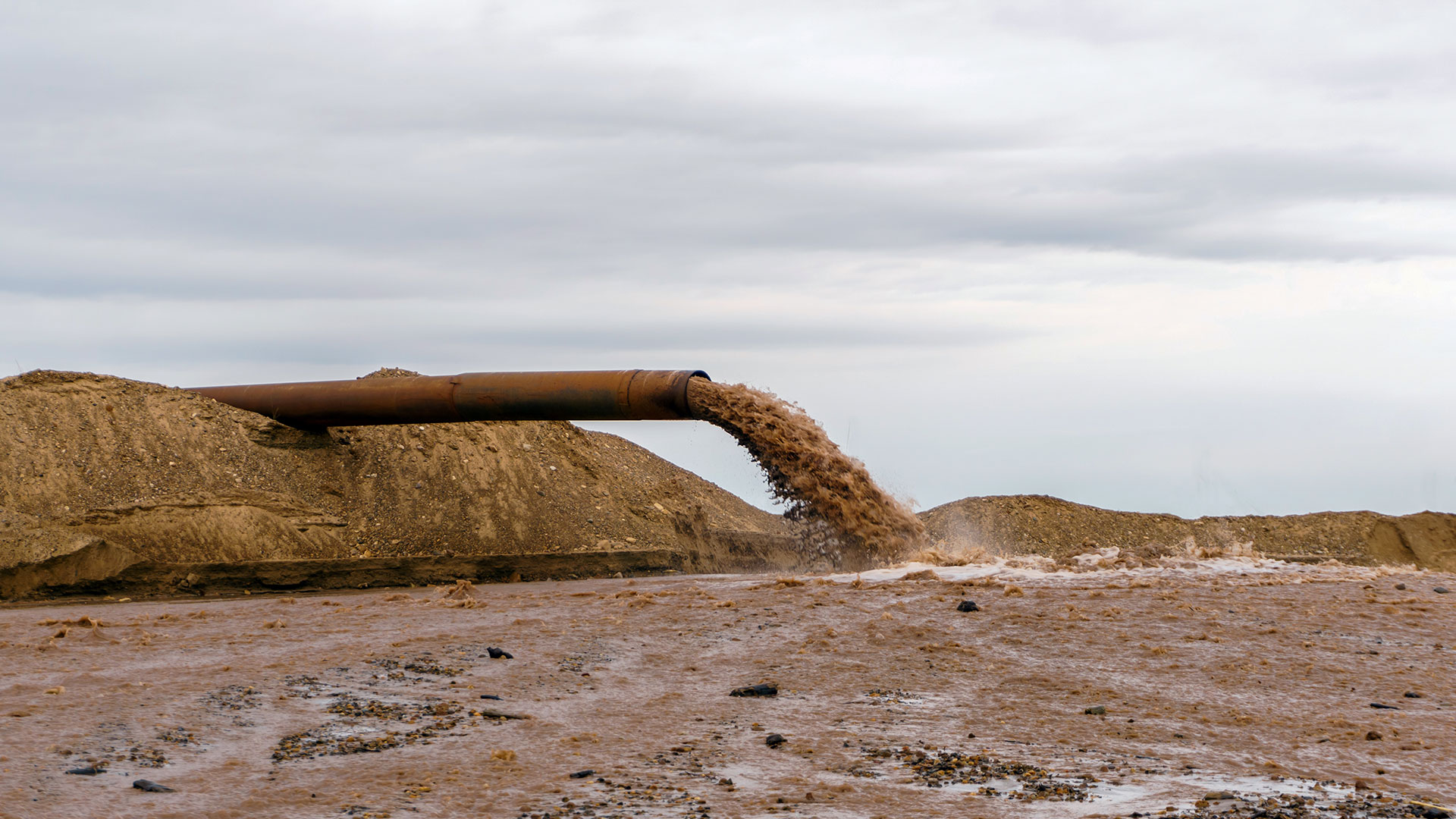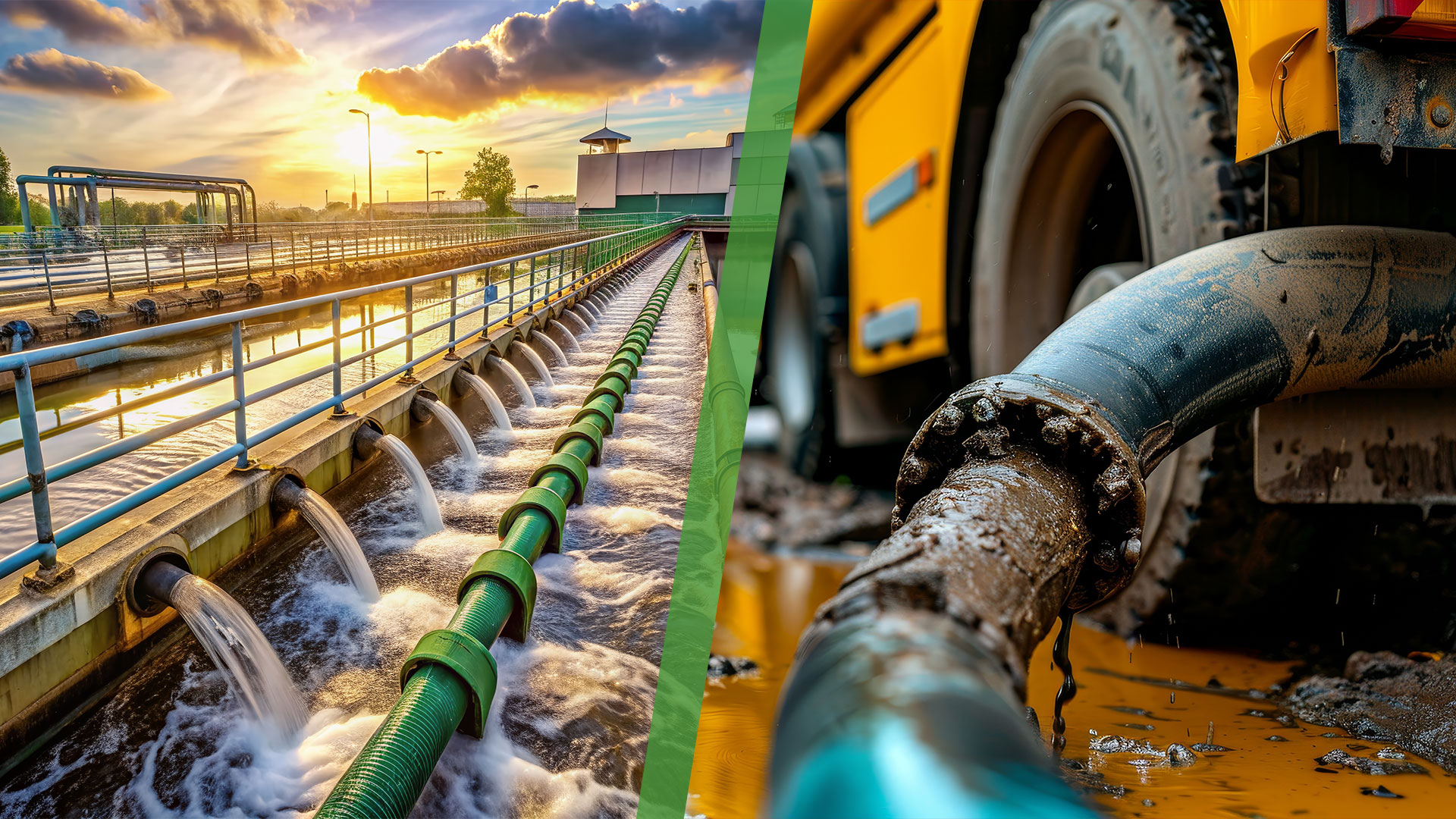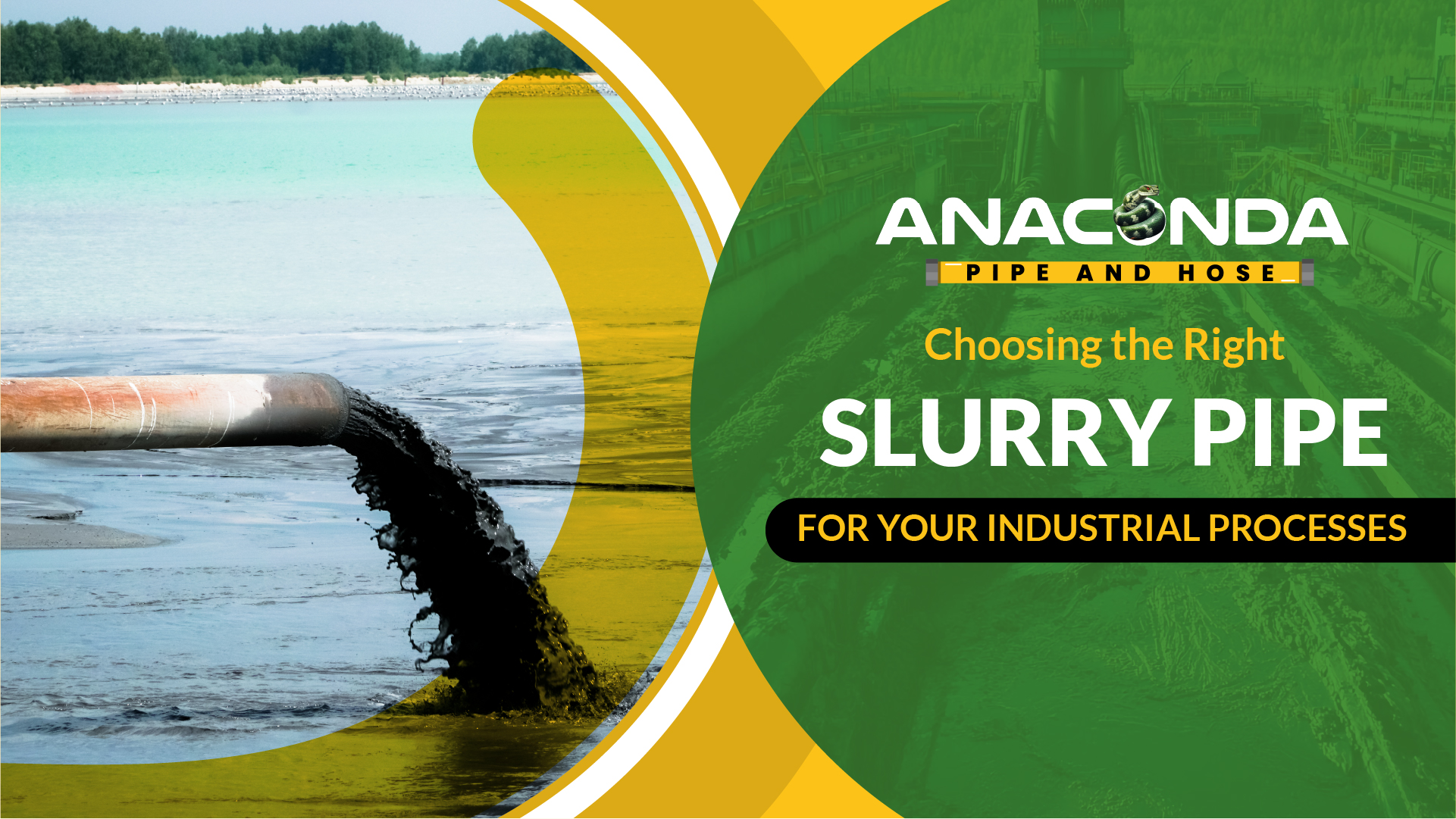Slurry transportation is crucial across various industries, from mining and dredging to wastewater management, where solid-liquid mixtures, or slurries, are moved through slurry pipe systems for processing and disposal. Selecting the appropriate slurry pipe is vital for efficient operation, reduced wear, and enhanced longevity. This article explores essential factors to consider when choosing a slurry pipe, focusing on material, design, and maintenance to ensure optimal performance.
Understanding Slurry and Its Impact on Pipe Selection

What is Slurry?
A slurry is a mix of solids suspended in liquid, typically water. It can vary widely in consistency, from abrasive and coarse materials like sand and gravel to fine, corrosive chemical slurries. Due to this variety, slurry characteristics significantly impact the choice of slurry pipe in terms of material and design.
Industries That Rely on Slurry Transport
Industries such as mining, dredging, wastewater, and construction commonly transport slurry to process, remove, or relocate materials. The abrasive or corrosive nature of the slurry in these applications often requires specific slurry pipe systems to prevent premature wear or failure.
Impact on Pipe Selection
The abrasiveness, temperature, density, and chemical makeup of a slurry dictate which materials and designs are suitable. Choosing the right slurry pipe based on these characteristics enhances durability, reduces downtime, and minimizes repair costs.
Key Factors to Consider When Choosing a Slurry Pipe

a. Pipe Material
Each material has unique properties that make it more or less suitable for specific types of slurry:
- Steel Pipes are strong and durable, suitable for high-pressure and abrasive applications, but they may require internal coatings to resist corrosion.
- Rubber-lined pipes excel in handling abrasive slurries, as the rubber lining reduces wear. However, they may require more maintenance due to the risk of rubber degradation.
- HDPE (High-Density Polyethylene) Pipes are lightweight and flexible, resistant to both corrosion and abrasion, making them a popular choice in various slurry pipeline systems.
- PVC Pipes offer an affordable solution for non-abrasive and low-temperature slurries but are generally limited to less demanding applications.
- Fiberglass Pipes are corrosion-resistant and lightweight, ideal for chemically aggressive slurries, but they are not as resilient to abrasion as steel or rubber-lined options.
Matching pipe materials to slurry properties, such as abrasion level and chemical resistance, is critical for ensuring longevity and reducing maintenance needs.
b. Pipe Diameter and Thickness
The diameter and wall thickness of a slurry pipe directly influence slurry flow rate, pressure, and efficiency. A larger diameter may reduce the flow rate but decrease the likelihood of blockages. Similarly, a thicker wall is more durable for high-wear environments. By calculating the ideal pipe diameter and thickness for specific slurry applications, companies can enhance both efficiency and durability.
c. Flexibility and Bending Radius
The choice between rigid and flexible pipes depends on the layout and terrain. Flexible slurry pipeline, such as those made from HDPE, are suitable for pipelines with frequent bends, while rigid pipes are ideal for straight, fixed routes. The flexibility and bending radius of the pipe must be considered for installations on uneven or undulating terrain.
d. Pressure Rating
High-pressure slurries require pipes with a high-pressure rating to avoid ruptures. Knowing the pressure requirements allows for selecting slurry pipeline systems that handle these loads efficiently. Factors such as pump power and flow rate also affect pressure changes within pipelines, making it essential to choose pipes that withstand operational pressures.
e. Temperature Resistance
Temperature changes affect both the slurry and the slurry pipe material. For high-temperature slurries, pipes that can withstand extreme heat are essential. Likewise, for slurries exposed to freezing temperatures, pipes that resist cracking or brittleness at low temperatures are required. Selecting pipes with the right thermal resistance ensures continuous operation under various temperature conditions.
f. Installation and Maintenance Requirements
The installation process varies by pipe type and layout. Pipes with complex installation needs can incur higher initial costs, so balancing this against long-term maintenance is necessary. Durable materials might cost more initially but often require less frequent maintenance, offsetting costs over time.
Comparing Common Types of Slurry Pipe
- Steel Pipes: Steel offers durability and strength, suitable for high-pressure, abrasive environments. However, steel may corrode, requiring protective linings in corrosive applications.
- Rubber-Lined Pipes: Ideal for abrasive slurries, rubber-lined pipes protect the inner pipe walls, reducing wear. The rubber lining, however, may need regular inspection to avoid degradation.
- HDPE Pipes: Known for being lightweight, flexible, and corrosion-resistant, HDPE pipes are versatile and can handle various slurry pipeline systems. Their flexibility is particularly useful in layouts with many bends.
- PVC Pipes: Affordable and easy to install, PVC pipes are suitable for low-abrasion, low-temperature slurries. However, they lack the strength needed for high-pressure or abrasive applications.
- Fiberglass Pipes: Lightweight and highly resistant to corrosion, fiberglass pipes are best for handling chemically aggressive slurries but are not as resilient against abrasives.
The Cost-Benefit Analysis of Slurry Pipe Selection
Investing in high-quality slurry pipes can yield long-term cost benefits by reducing maintenance and replacement costs. While initial costs may be higher for durable materials like steel or rubber-lined pipes, they often minimize downtime and extend pipeline life. Choosing the right slurry pipe not only lowers repair costs but can also reduce energy consumption due to improved flow efficiency.
Tips for Maintaining Slurry Pipe to Maximize Lifespan
Regular maintenance extends the life of slurry pipes and helps avoid costly downtime:
- Routine Inspection: Regular checks for wear, corrosion, and blockages prevent potential pipe failures.
- Addressing Material-Specific Wear: Different materials require unique maintenance practices, such as inspecting rubber-lined pipes for degradation or steel pipes for corrosion.
- Early Detection of Degradation: Detecting early signs of wear allows for timely repairs, minimizing operational disruptions and prolonging the pipe’s useful life.
Conclusion
Choosing the right slurry pipe is crucial for efficient and reliable slurry transport. From considering material properties to understanding the demands of your specific slurry type, selecting the right pipe helps optimize performance, reduce maintenance costs, and enhance operational efficiency. Consulting professionals with expertise in slurry pipe systems can further assist in making informed decisions that align with your industrial needs.



0 Comments